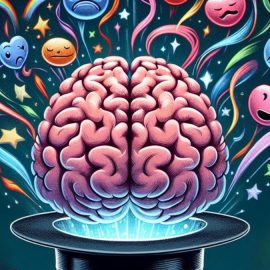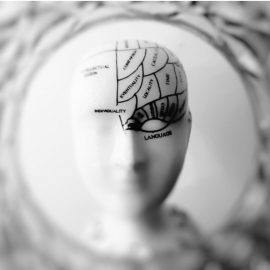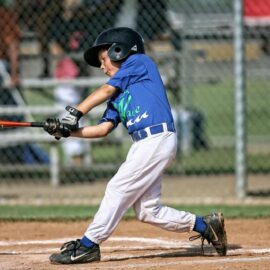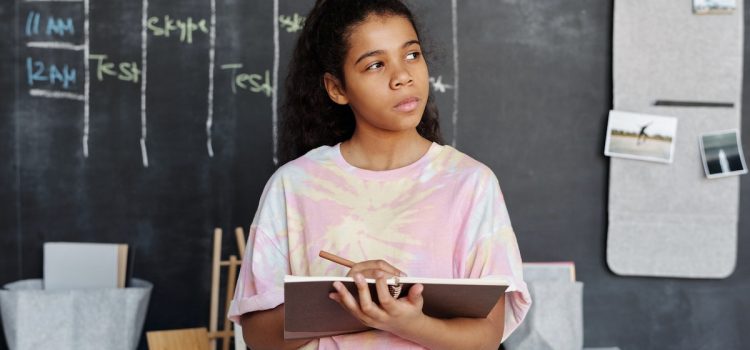
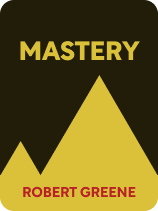
This article is an excerpt from the Shortform book guide to "Mastery" by Robert Greene. Shortform has the world's best summaries and analyses of books you should be reading.
Like this article? Sign up for a free trial here.
What are you learning right now? Can you see yourself nailing it?
Visualizing isn’t just about seeing yourself on the other side of a challenge. It’s more about mentally rehearsing the way you break through to the other side. In his book Mastery, educator George Leonard says that mental rehearsals will help get you on the master’s path.
Keep reading to discover how to visualize learning and performing the skills and processes of your craft.
Visualize Learning
According to Leonard, the best learners use visualization, or mental rehearsal, to cultivate their skills. Leonard argues that this technique is the one key that high-performing athletes, businesspeople, and artists use to perform at higher and higher levels of skill. Mental rehearsal simply means creating in your mind a clear, vivid image or scene of a move or technique that you’re learning. For instance, you might visualize yourself performing a difficult passage on the piano or executing a perfect kickflip on the skateboard.
Visualizing learning and performing in this way allows you to create a precise, focused template that your body will then follow when you go to perform the move in real life. According to Leonard, visualization trains your mind to start forming the circuits you need to execute that move as if by habit. The more you rehearse it—and the more vividly you do so—the stronger these “preconditioned” habits become. Ultimately, this is the master’s best technique for isolating and refining specific moves and techniques, and it accelerates the learning process beyond what practice alone can do.
| Visualize for Peak Performance Drawing from more recent research than Leonard had access to, Anders Ericsson (Peak) explains visualization as a way of using mental representations to enhance your performance. In short, mental representations are the patterns you learn to instinctively recognize as you refine your skills, such as a poker player’s tell or the wind-up that indicates a forehand swing in tennis. Visualizing a move or technique, then, is a powerful way to internalize these patterns. It allows you to practice them repeatedly in a controlled environment until you can summon them up in your mind’s eye at will. For instance, you could practice in your mind’s eye the sequence of muscle movements required to perform a riposte or lunge (in fencing). Do this with a variety of techniques, balancing mental rehearsal with actual practice, and you’ll develop an intuitive grasp of a wide range of patterns or techniques. Then, when it’s time to compete or perform, you’ll have access to that rich repertoire of internalized patterns that will enhance your abilities. |

———End of Preview———
Like what you just read? Read the rest of the world's best book summary and analysis of Robert Greene's "Mastery" at Shortform.
Here's what you'll find in our full Mastery summary:
- How to walk the path of the master by being disciplined in your skill or art
- Why mastery isn't an end goal, but rather a continual process of learning
- Why the master's path is the only guaranteed way to live a fulfilling life


